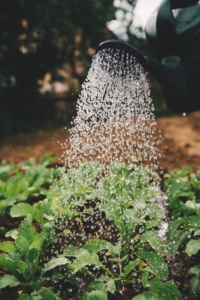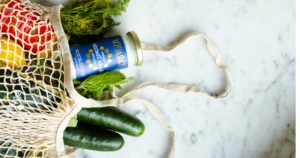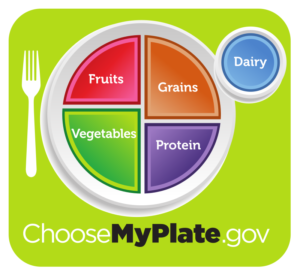Starting Your Backyard Vegetable Garden
Springtime is here and it is time to plant your summer garden. Planting a backyard garden might sound a little daunting, but it is easier than you think it might be. Even if you don’t have enough space in your backyard, you can plant plants like tomatoes or herbs in containers on your deck or patio. Other than it is a great hobby, there are lots of reasons why you should have a backyard garden even if it is a couple of plants. Fresh, ripe produce is right at your own convenience. You are more likely to eat more fruits and vegetables because you investing time and energy into your garden. And most importantly of all, home-grown produce tastes so much better than what you can get at the grocery store!
Pick Your Plants
Depending on where you live in the States, certain fruits and vegetables grow better on the climate and time of the year. In Oklahoma, we have a climate where we can grow a large variety of produce. Below is a list of fruits and vegetables that thrive in this climate.
Vegetables and Fruits to Plant in the Spring/Summer
- Tomatoes
- Lettuce
- Herbs
- Kale
- Peppers
- Carrots
- Peas
- Broccoli
- Onions
- Cabbage
- Zucchini
- Radishes
- Green Beans
- Beets
- Cucumbers
- Okra
- Summer Squash
- Strawberries
- Blueberries
- Blackberries
Pick The Right Area
When picking a location, it is important to keep in mind two things: sunlight and water access. Most vegetables and fruits need about 6-8 hours of sunshine a day while some only need 3-6 hours. Depending on what fruits and vegetables you choose to plant, it will dictate where you should grow your garden.
Prep Your Soil
You may not think that prepping soil is important for growing a garden, but the soil is where plants get most of their nutrients. To prep soil for gardening, organic fertilizers like compost are the best to incorporate.
- Add an organic fertilizer like compost.
- Mix compost into the soil at least 2 inches deep. This will aerate the soil making it easier for vegetables and fruits to grow.
- While you are mixing the soil, pick out any rocks, large twigs, and other objects. These items can inhibit the growth of root vegetables like carrots, parsnips, and potatoes.
- Once you have finished prepping your soil, you are ready to plant your seeds or seedlings!
Watering Your Plants
Watering your plants is crucial especially in the hot Oklahoman summer heat. One way to sure your garden is getting enough water is to water it in the morning before the sun fully rises. This way the plants can absorb water more efficiently and you will use less water. If you are using containers instead of planting your plants in the ground, make sure your pots and containers have drainage holes so excess water can be drained from the plant.
Now you are set to plant your seeds or seedlings! Hopefully with our gardening tips, your garden will flourish this summer. Comment below on what you are planning to grow this year! AN


 A place setting with a plate and glass divided into five food groups approximately:
A place setting with a plate and glass divided into five food groups approximately: